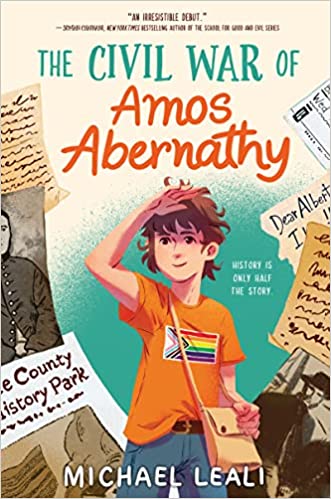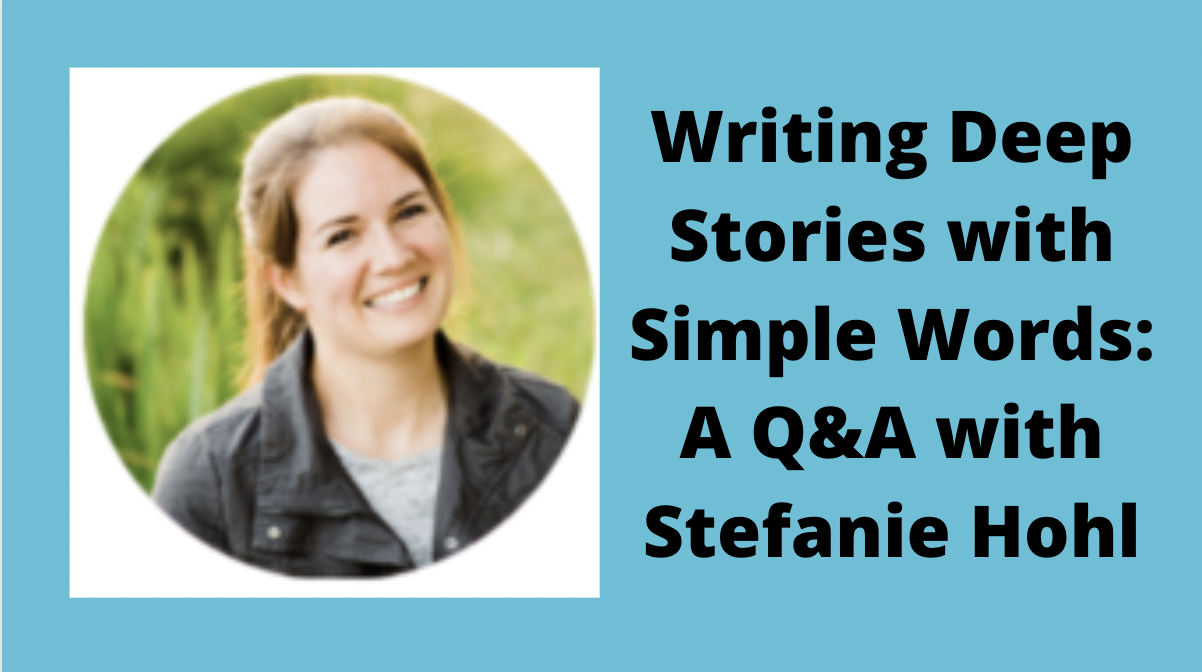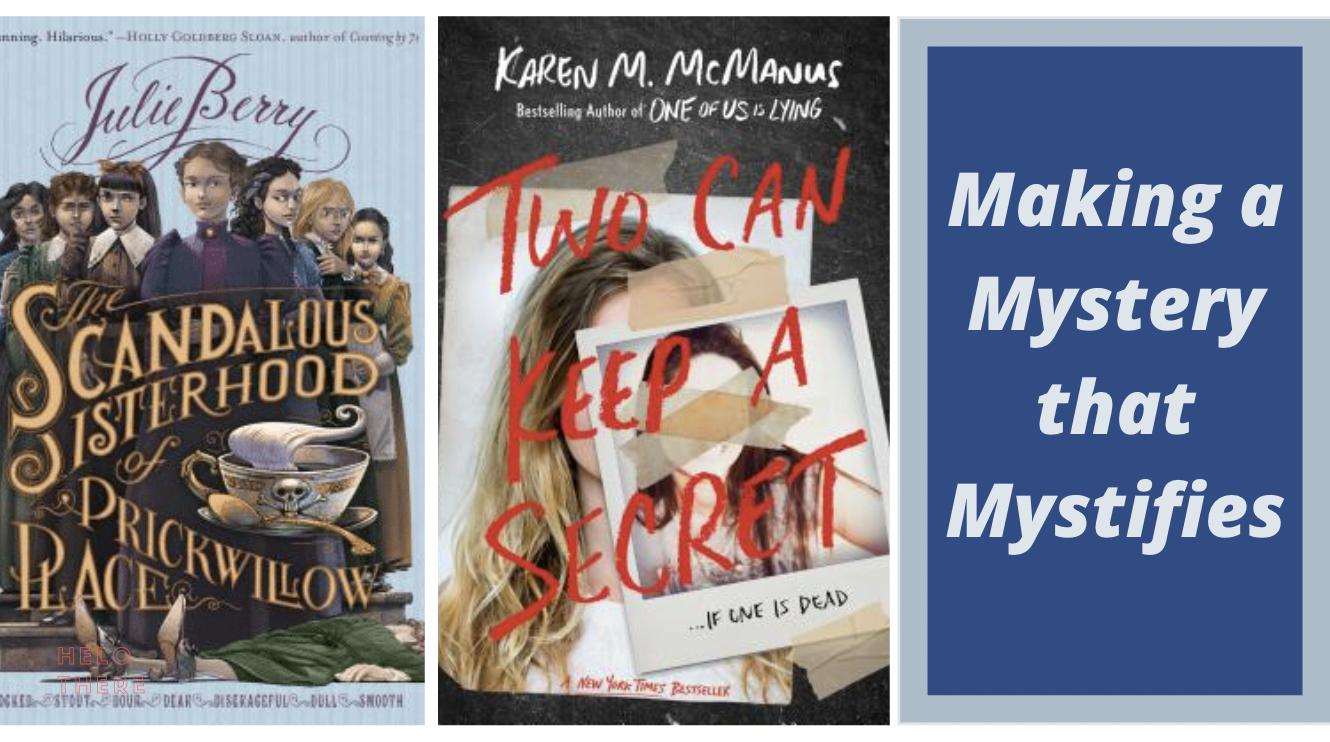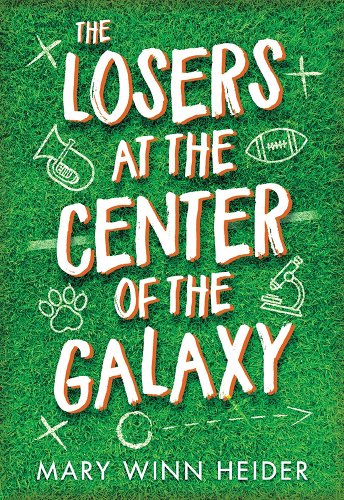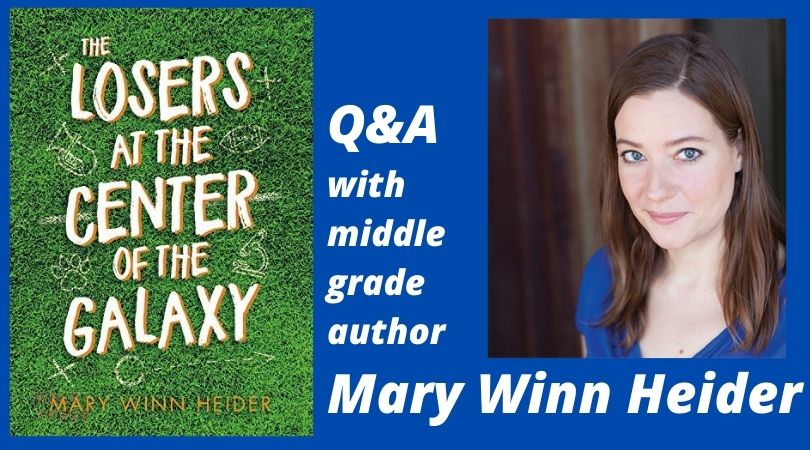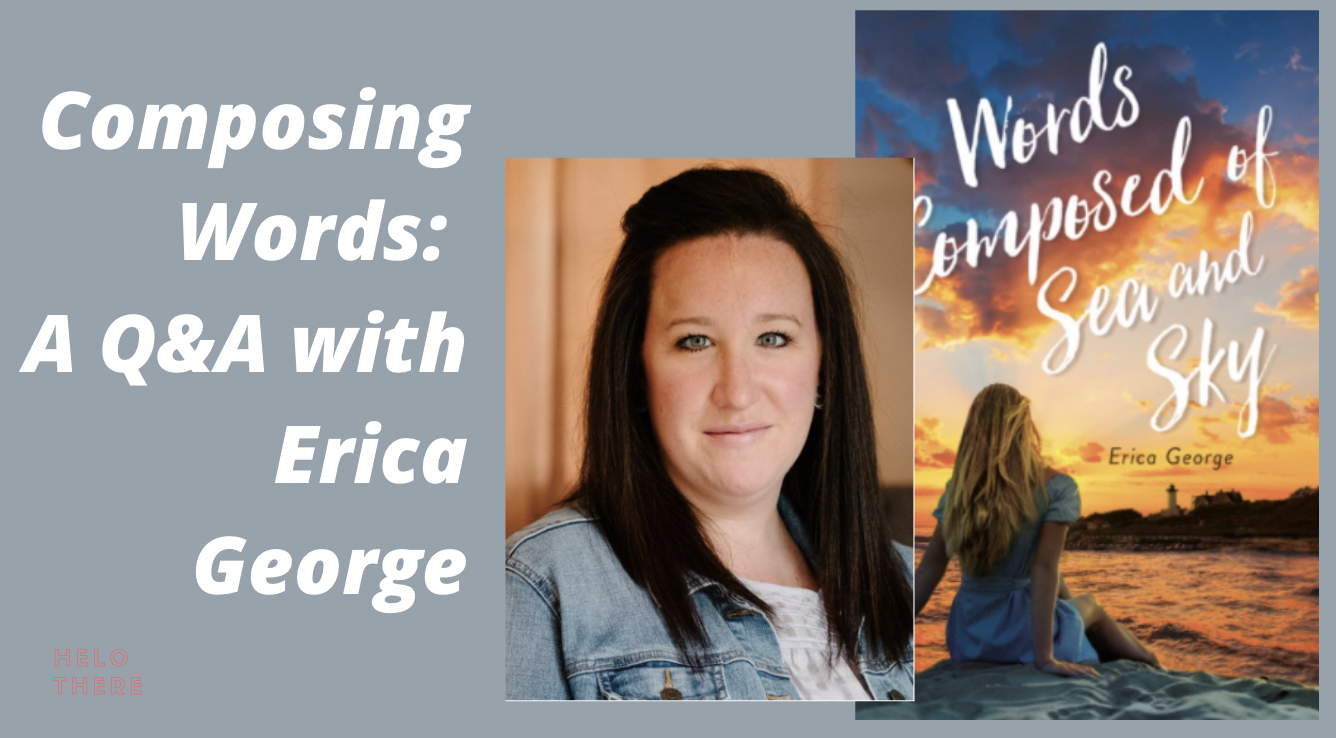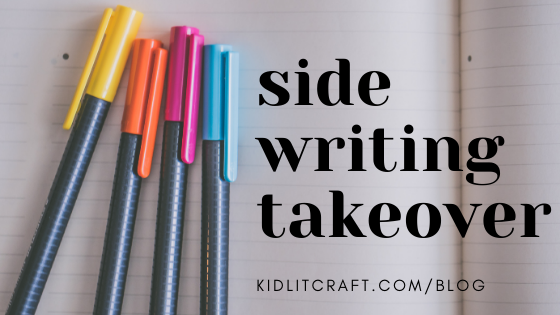author:
Erin Nuttall
Every manuscript seems to have its own distinct journey, but every story I write begins with an awful lot of daydreaming, staring into space, jotting a phrase or two onto a sticky note, and coming up with a working title.
“Studying craft is the best thing I have done for my writing. I like to write in many different genres, and each one informs the other. Reading and studying books and examining how other authors accomplish their craft has helped me tremendously.”- Stefanie Hohl
Good mysteries are fun because they keep the reader guessing. One of the most important keys of writing a mystery is writing the story so the reader can try to solve it. Nothing’s more annoying than not being given clues to solve the mystery unless those clues are so obvious that there is no real mystery to be solved. The best way to achieve both goals is to give quality clues but constantly keep the reader guessing so they don’t recognize the clues for what they are.
A compelling mystery must engage the reader in solving the mystery, and the best ways to do so are to 1) start the mystery off quick, 2) capture attention with consequential stakes, 3) increase tension, 4) keep the reader guessing, and 5) finish strong.
If you’d like a lesson in the unexpected you’d be hard-pressed to find a better model than Losers. Instead, we’re going to look at how despite (or with the assistance of) all the silly, Heider is able to put an ache and a depth into the stories of Winston and Louise.
“The biggest leap for me in my writing life happened when I got comfortable with failure. I wrote some disastrous things in grad school. But before that, my writing had gotten stagnant because I was too anxious about getting it right all the time. Allowing myself to fail gave me the freedom to take risks and make mistakes. Those mistakes, in turn, taught me how to write the way I want to write.”
As writers, we can look to our settings to provide a wealth of tools to not only add depth to the story but to underline the experiences of the characters, their feelings, their motivations, their desires.
“I love that when I have a question, I can reach out and pick the brilliant brains of other talented kidlit writers. I’m always amazed at how quickly plot or character problems can be solved when you get out of your own head. I also love how willing people are to share great examples of kidlit to use as mentor texts.”
Writer Friends! You shared with us the ways you sidewrite, and we listened. It was so fun and enlightening to get the scoop on your favorite exercises and tricks to get deep into your characters and figure out your plot.
When I don’t know the WHY behind a scene or a character, there is nothing more helpful than stepping away from the manuscript. When I am writing away from my story, I am free to explore my characters, setting, plot, theme…well everything. And since it doesn’t “count,” it also doesn’t have to be good—that is the permission slip I need.
